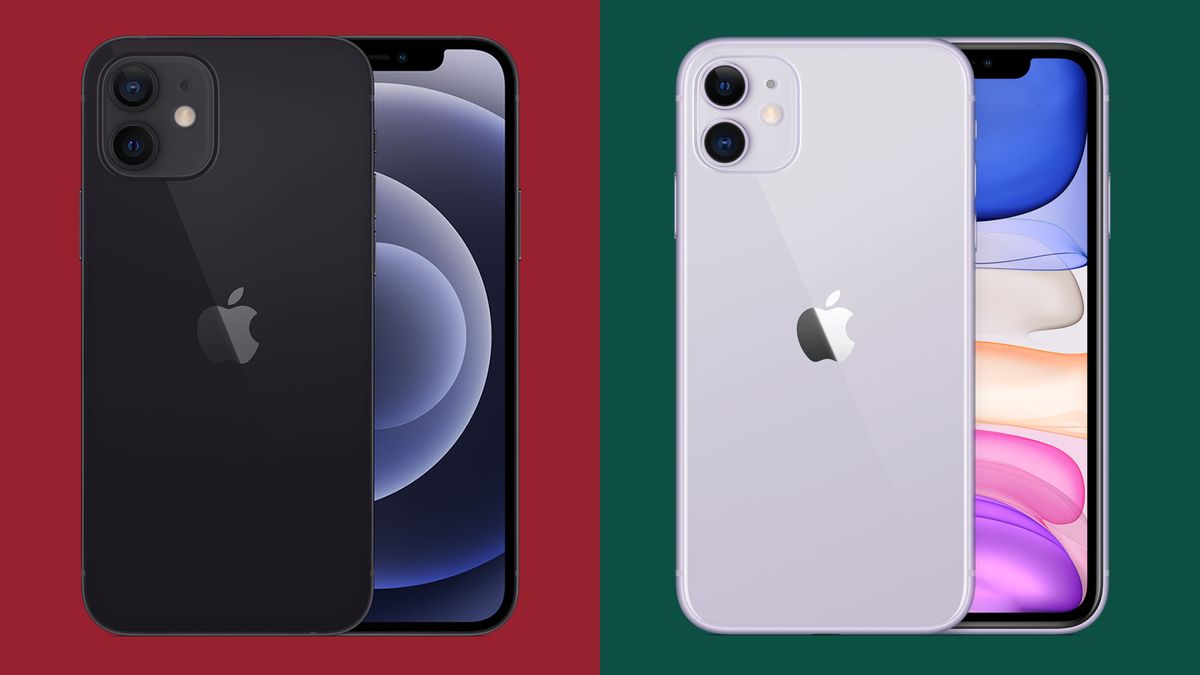DeFi Aggregators Just Round The Corner Are A Complete Generational Upgrade
@elizabeth-levineElizabeth Levine
I write everything technology
Twitter @lizalevinenyc
In a few years technology companies have successfully built a parallel financial system without banks, brokerages or exchanges. In place of these centralised authorities, technological solutions employing smart contracts and blockchain have been used.
In every area of finance you may care to look, there is now a decentralized alternative. Systems such as Swipe and PlasmaPay handle payments, Aave and Compound offer lending, and Ethereum alone allows for the creation of multiple new assets including dollar-pegged stablecoins such as Tether (USDT) and Circle (USDC). Better still, all of these assets can be traded for other assets on Uniswap, Sushiswap and others.
In the rush to decentralize finance and create these many fantastic tools, a little something called ‘the user experience’ may have been left to lag behind.
While banks and other financial institutions are slow to adapt and to innovate, the depth and breadth of services they offer to their customers under one roof covers a wide range of individual needs.
In the DeFi sector those same services are catered for with aplomb, but because they are spread out over a wide range of platforms and protocols, using them all makes the user experience far more fragmented. That’s a handicap that the DeFi sector must properly address if it is to compete with centralised services.
Exchanges and Aggregators
Until recently, the decentralized exchange (DEX) was the poor man of crypto, with limited decentralized liquidity making it difficult for the DEX to measure up to centralized exchanges. It wasn’t until the wider DeFi sector took off in 2020 that things began to turn around for the DEX. Uniswap led the charge with Sushiswap, KyberSwap and dYdX among the frontrunners.
That still meant that users either had to shop around for the best prices on these separate protocols, or simply pick a favourite and hope for the best. The obvious solution was to employ an exchange aggregator to shop around the various exchanges for you, and this is exactly what the likes of 1inch and 0x do. There is more to the DeFi market than exchanges alone however, and this is where decentralized finance can really begin to untap its full potential, by taking aggregation a few steps further.
Aggregate Everything
When it comes to aggregation, there are very few limitations to what can be achieved. Anything that can be accomplished at a technological level can be aggregated and served up to DeFi users in the most appealing way possible. The next generation aggregators such as Orion Protocol and Finxflo have already begun to bring decentralization and centralization under one roof.
One of the companies leading the way to a more aggregated sector is SushiSwap, which forked from Uniswap in August of 2020. The original gimmick behind the site was to offer liquidity providers Sushi tokens as well as a share of the fees like its competitor Uniswap. Now SushiSwap has moved on from this model to aggregate multiple yield farms under one DeFi dashboard. The only fly in the ointment for SushiSwap is the reputational damage caused to the platform when, without prior warning, project leader Chef Nomi withdrew his personal holdings from its liquidity pools, crashing the price of $SUSHI in the process. Nomi later returned the $14 million in tokens, but the damage was already done.
There are however new aggregators in the space which do not carry the same baggage. One of the new breed of DeFi aggregators which is hoping to turn the heads of users in the decentralized sphere is PlasmaFinance. PlasmaFinance is making a name for itself by aggregating across multiple platforms and with multiple use cases. Already PlasmaFinance has aggregated yVaults from yearn.finance offering up to 11.4% APY on dollar-pegged stablecoin tokens – USDC, USDT and DAI. The company is now set to launch its own aggregated exchange, PlasmaSwap, which will include decentralized limit, stop loss and profit take orders, further broadening the scope and appeal of their aggregation platform.
Evolution
The DeFi space is rapidly evolving at the protocol layer, but if it is ever to take on the behemoth of centralized finance it has to improve the user experience too. With a greater range of services and functionality there is every indication that the next generation of DeFi aggregators will be better than anything that has come before.
Tags
Create your free account to unlock your custom reading experience.


